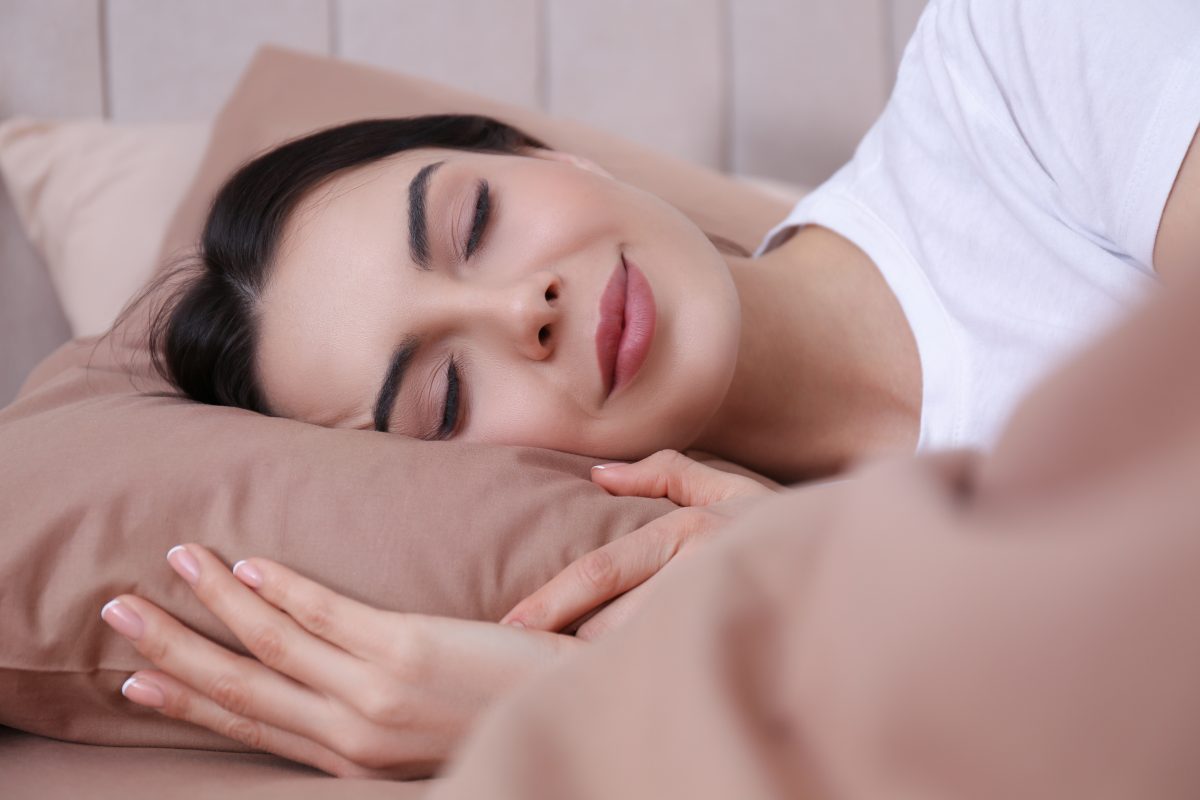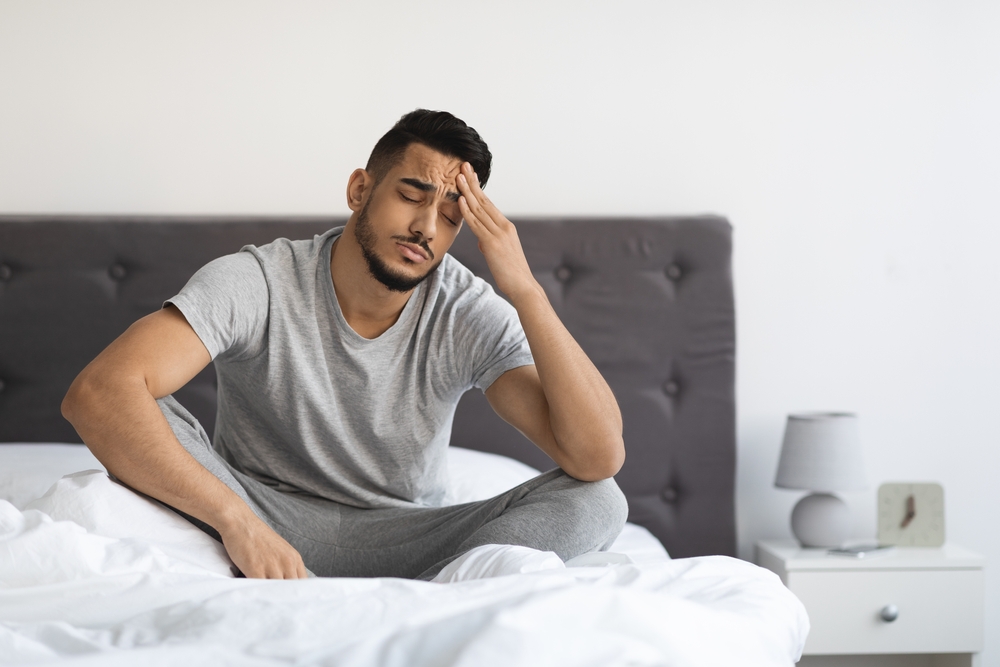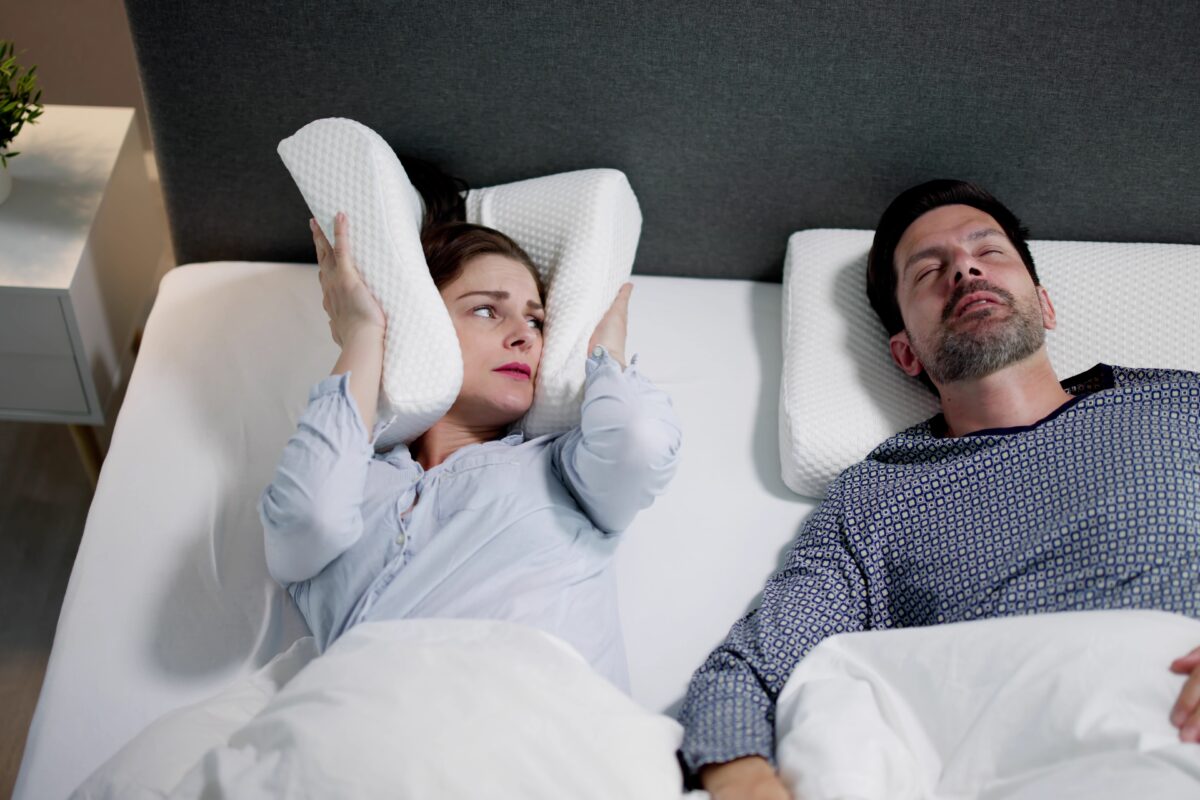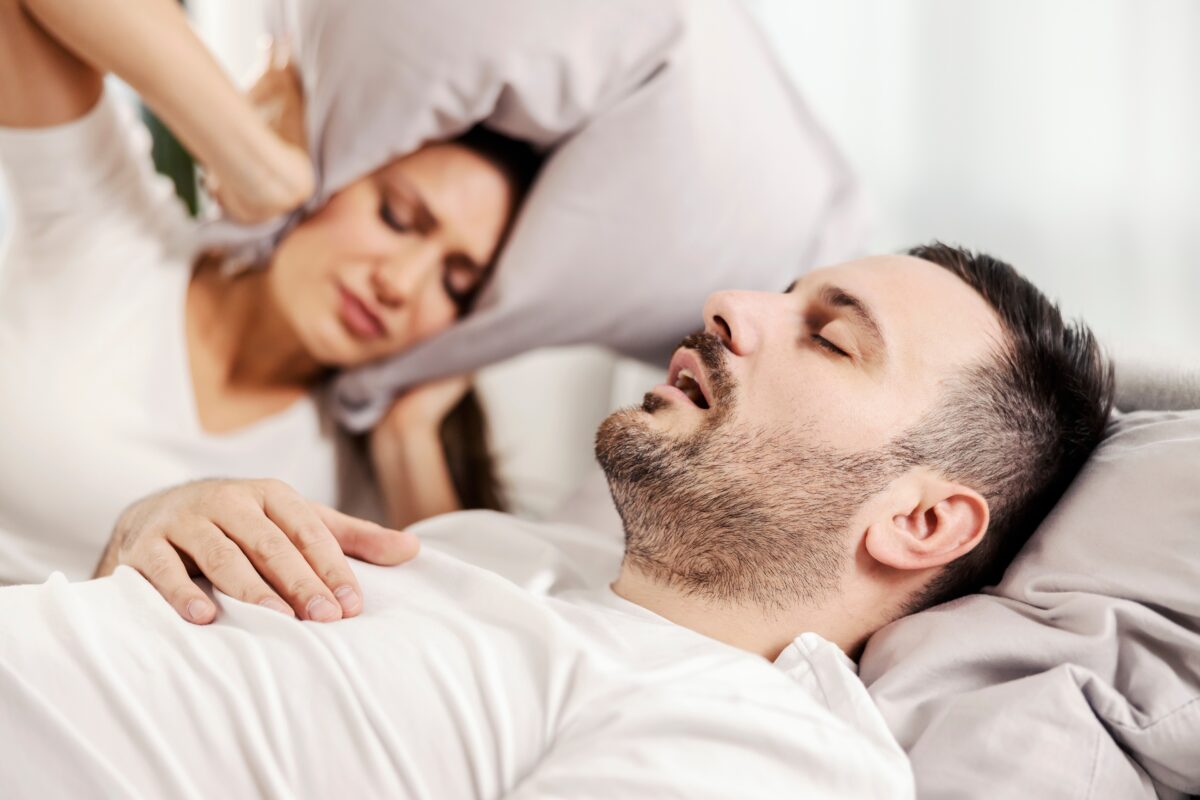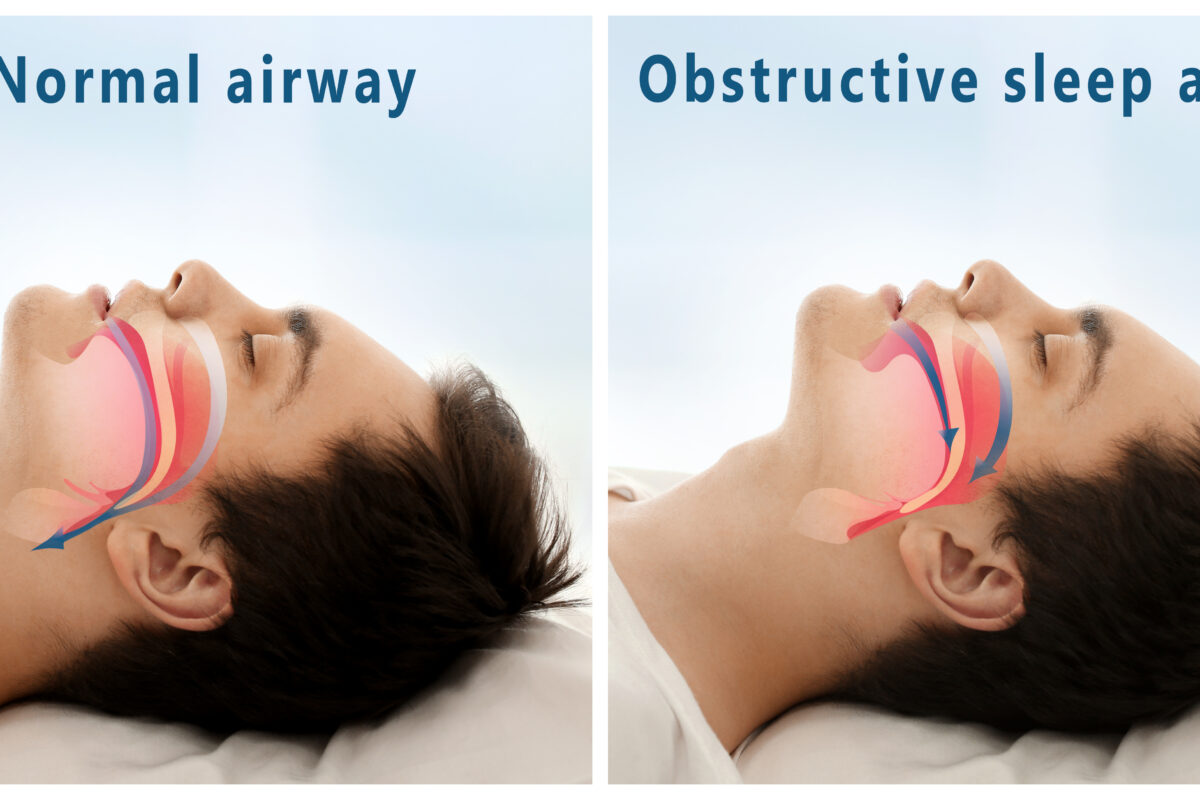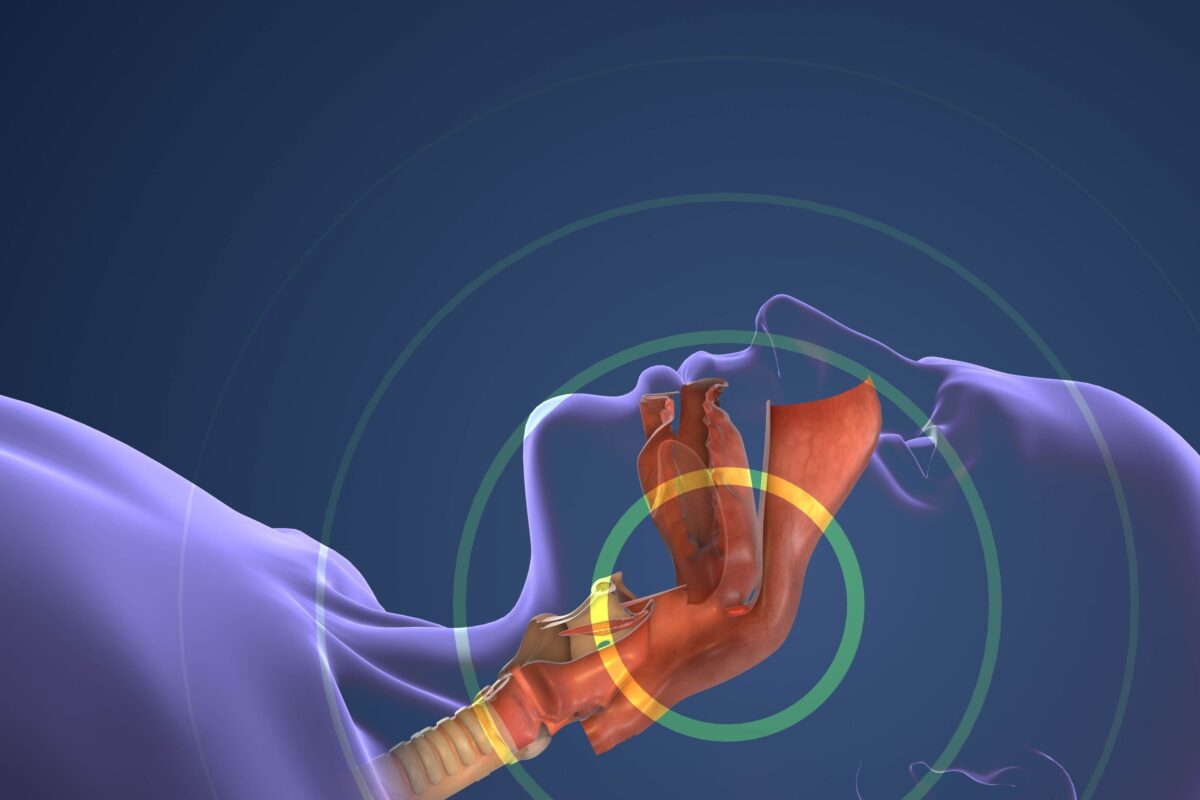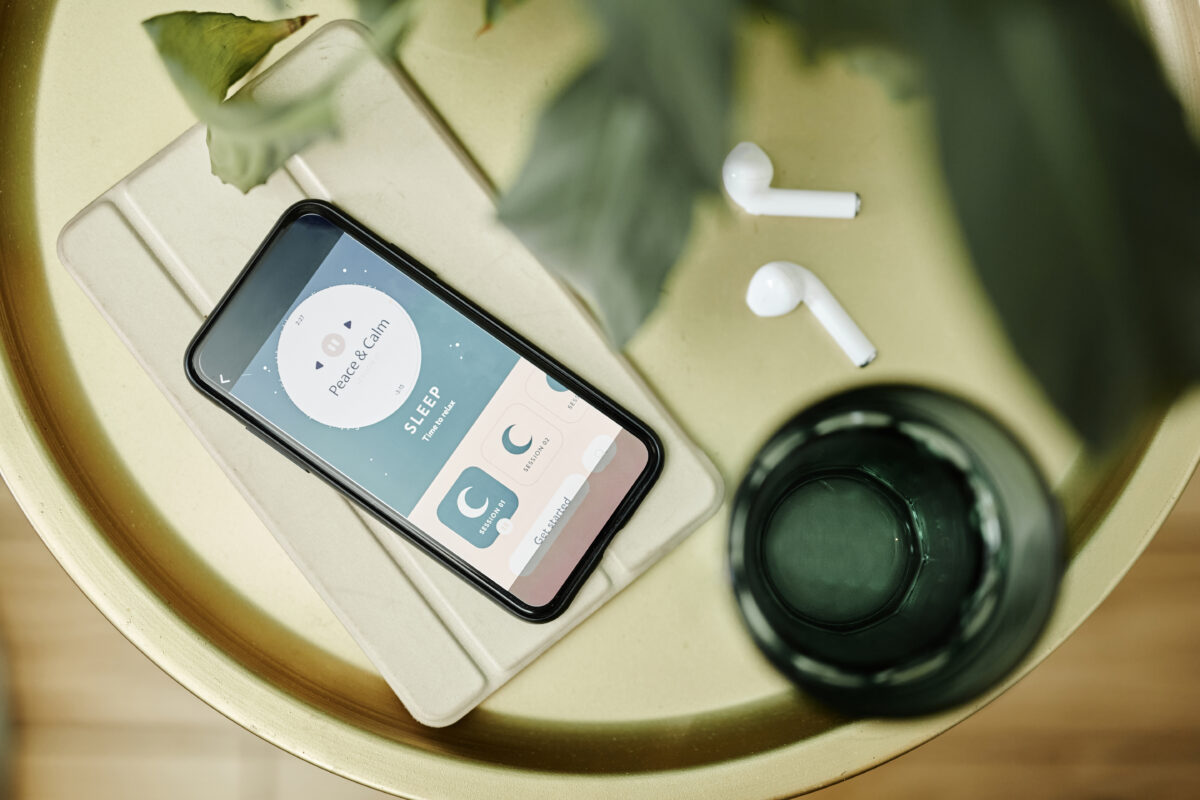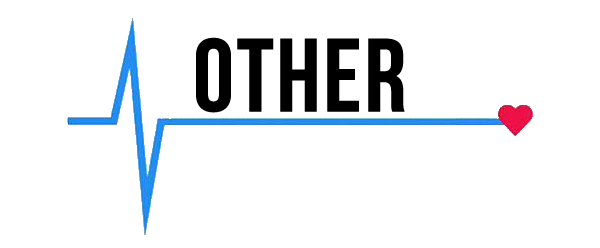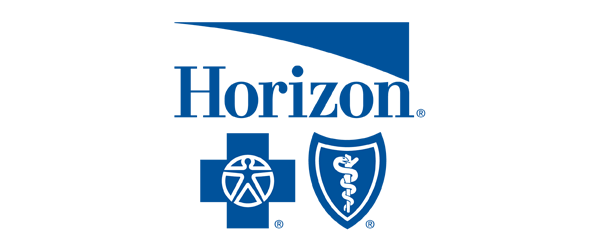Sleep apnea treatment doctors tell patients something that always shocks them: about 90 percent of sleep apnea cases go unnoticed.
Think about that. Millions drag through their days, wiped out, not knowing why. Many don’t realize what’s happening to their bodies each night, and sleep apnea brings more than just noisy sleep.
Those pauses in breathing mean less oxygen, which can set off bigger health problems, including stubborn high blood pressure, heart trouble, stroke, and even Type 2 diabetes. Getting the right treatment means keeping your body safe and helping you wake up healthy.
“The economic burden of OSA is also substantial,” according to a report published by the Institute for Clinical and Economic Review. “Direct medical costs have been estimated to total as much as $3.4 billion in the U.S. In addition, findings from a recent Canadian study indicate that patients referred for sleep testing are 4 times more likely to be hospitalized than those not referred.”
Etiology, Severity Quantification, and Sleep Apnea Treatment
Tailoring customized sleep apnea treatment for your personal situation starts with figuring out what’s really causing your symptoms and knowing how serious it is, as this information helps shape your plan.
There are three main types of sleep apnea, with Obstructive Sleep Apnea (OSA) showing up most often. In this type, soft tissue in the throat sags backward while you sleep, which blocks the airway, preventing air from reaching the lungs even though your body keeps trying to breathe.
Central Sleep Apnea (CSA) is rare. The problem starts in the brain when, for a moment, the brain skips sending signals to breathe. This type often links to tougher health issues like heart failure or kidney trouble, and sometimes, opioid medicine is a factor.
A third type exists: Complex Sleep Apnea. This starts off looking like OSA but, as treatment kicks in, begins to show a mix of blocked and central symptoms, usually popping up when starting things like CPAP.
Diagnosis: The Apnea Hypopnea Index (AHI)
A sleep study, also known as a polysomnography, is one of the go-to solutions for figuring out sleep apnea treatment diagnosis.
While some patients head into a lab for this test, labs gather tons of info, like brain waves and eye movements. Home tests are available too. Although they’re less involved, they track things like your breathing and oxygen levels.
The big takeaway from this is your Apnea-Hypopnea Index, or AHI, which is the number that shows how many times your breathing pauses or drops each hour while you sleep, making it the one result your doctor pays the closest attention to. This index precisely dictates the necessity and intensity of your treatment, providing the clinical roadmap for your care:
| AHI Range | Severity | Clinical Urgency and Initial Treatment Focus |
| 5 – 15 | Mild | Low-pressure intervention; emphasis on foundational changes and Oral Appliances. |
| 15 – 30 | Moderate | Requires mechanical intervention; CPAP Therapy becomes the primary recommendation. |
| Greater than 30 | Severe | High clinical urgency due to profound oxygen desaturation; CPAP/BiPAP, Multi-faceted approach, and Advanced therapies are often necessary. |
Long-Term Consequences of Not Getting Sleep Apnea Treatment
As you’re researching sleep apnea treatment options, remember that Obstructive Sleep Apnea stops your breathing throughout the night when your throat muscles relax too much.
This causes breathing to pause for seconds or even longer because air can’t always get through. Patients snore loudly or wake up gasping for air.
Each pause cuts off oxygen, which causes your body to jolt awake every time, yet most people never realize that their sleep is broken up so often. Deep rest slips away as sleep breaks repeatedly, allowing tiredness and fatigue to build, which makes staying awake feel impossible some days and often causes insomnia to hang around.
Your blood pressure goes up because the stress pushes your heart, and over time your risk for heart problems rises, making heart failure and stroke much more likely. Additionally, OSA affects your eyes too, with some people developing glaucoma because of the pressure swings.
Memory grows foggy, simple tasks become harder, mood might darken, and depression can linger. OSA takes its toll everywhere, not just at night, but getting this checked can change everything.
Your overall health improves with proper treatment, allowing every part of life to get better when sleep becomes stable again.
What Research Says About Restorative Sleep Patterns
Our current structure of modern life, deeply intertwined with the digital age, poses difficulties in maintaining restorative sleep patterns and finding the right sleep apnea treatment.
The most fundamental issue is the constant exposure to artificial light, particularly the emissions from screens and electronic devices. This light actively suppresses the body’s natural circadian rhythm, making the initiation and maintenance of sleep increasingly challenging, which culminates in chronic sleep deprivation.
Beyond mere light exposure, several interconnected lifestyle components contribute to this decline in sleep quality.
One significant shift is the proliferation of remote work. While this offers adaptability, it frequently dissolves the clear demarcation between professional obligations and personal time. This blurring of boundaries encourages working late, fundamentally destabilizing consistent sleep schedules. Additionally, prolonged exposure to blue light from devices, especially in the hours before bed, inhibits the production of melatonin, delaying or disrupting the essential process of falling asleep.
Contemporary society is also characterized by elevated levels of anxiety and stress. This heightened state of mental activation is a powerful catalyst for sleeplessness and poor overall sleep quality.
A host of environmental factors — including noise pollution, suboptimal temperatures, and intrusive ambient lighting — can physically prevent individuals from achieving a deep, restful night of slumber.
“Recent studies have revealed that sleep is far more essential to health than once believed,” states Rolling Out. “During sleep, the brain engages in crucial maintenance processes, clearing out toxic proteins that could lead to conditions like Alzheimer’s. Memory consolidation occurs during deep sleep, supporting learning and cognitive performance.”
It adds: “Sleep also activates cellular repair mechanisms that aid in immune function and metabolic balance, making it vital for physical and mental health. When sleep quality is compromised, these processes suffer. The body can’t repair tissues effectively or maintain a balanced immune system, leading to higher susceptibility to illnesses, chronic conditions, and impaired cognitive function.”
When sleep is insufficient, mental health suffers, which in turn complicates stress management and intensifies pre-existing psychological issues.
Emerging Neurodegenerative Risk: The Link to Parkinson’s Disease
New sleep apnea treatment research points to a troubling link between untreated sleep apnea and a higher risk for diseases like Parkinson’s.
Scientists looking at health records from millions of U.S. veterans found that people with untreated obstructive sleep apnea faced a bigger chance of getting Parkinson’s later in life. Nightly drops in oxygen level may hurt brain cells over time, possibly setting the stage for brain diseases.
The real turning point appeared with therapy use, where veterans who skipped CPAP treatment nearly doubled their risk of Parkinson’s compared to those who used it faithfully. Sticking with CPAP seemed to protect the brain by keeping oxygen steady, which drives home how important it is for anyone living with sleep apnea to stick with treatment.
This isn’t just for better sleep, but maybe for long-term brain health too.
“Even after adjusting to rule out confounding factors like obesity, age and high blood pressure, the study found a strong link between untreated sleep apnea and Parkinson’s,” according to News Medical Life Sciences and a report published by JAMA Network. “Among millions of people with sleep apnea, those who didn’t treat the condition with CPAP were nearly twice as likely to have Parkinson’s as those who did.”
Sleep Apnea Treatment Lifestyle Changes vs. Targeted Interventions
Before trying special devices or surgery, every patient needs to start with everyday sleep apnea treatment changes. These adjustments often make treatments work better for tougher cases while mild sleep apnea can sometimes disappear just by tweaking habits.
Losing even a small amount of weight helps because shedding 10 to 15 percent of your body weight can shrink throat tissue, allowing breathing to get easier at night as a result. Also, sleeping on your side keeps the airway open, while lying on your back makes things worse since gravity drags the tongue and palate back, which is why some folks sew a tennis ball into their pajama shirts or use special gear to avoid rolling over.
You should stay away from alcohol or sedative pills before bed, since these substances slacken your throat muscles, making blockage far more likely. Setting aside these habits truly makes a difference. For instance, if you smoke, quitting reduces swelling and irritation all along your airways, and that ease in inflammation goes a long way in helping you breathe better at night. These simple steps can set the stage for better sleep and health.
Next, you need to figure out your severity level, then track how you respond as you tweak your habits. If simple steps don’t cut it, we’ll consider either mouth guards or even minor surgeries. If your case is mild or moderate, dental devices could help. For example, Mandibular Advancement Devices (MADs) work well for people with sleep apnea who move around a lot or just can’t get used to machines.
These mouthpieces gently push your jaw and tongue forward, which keeps your airway from collapsing overnight. If you go this route, stay in touch with your sleep dentist, who will check if the device works and watch for small changes in your teeth.
CPAP machines are the go-to solution for moderate or severe cases because they push air into your airway so it doesn’t close while you sleep, using a mask that covers either your nose, your face, or just sits under your nose. Getting the right pressure and the best mask type matters a lot. Since humidifiers built into these machines can help with dryness or stuffy noses, being comfortable makes it much easier to stick with therapy.
For Severe Cases and CPAP Intolerance
If someone can’t handle CPAP or their sleep apnea is severe with an AHI over 30, more advanced sleep apnea treatment steps become necessary. A BiPAP is a common next move.
Instead of just one continuous pressure, BiPAP gives higher pressure when you breathe in and lower pressure as you breathe out, and this split in pressure often makes things easier, especially for people dealing with central sleep apnea or breathing problems beyond just snoring. Some folks find regular CPAP just too tough when exhaling.
Another option involves hypoglossal nerve stimulation, where doctors implant a little device that keeps an eye on your breathing. If your airway starts to close, a gentle signal nudges the tongue forward, helping keep things open; however, this isn’t for everyone.
Doctors look for certain BMI numbers and a specific airway shape before going ahead, but for the right person, though, it can really work.
Surgery can be the last stop if nothing else helps. Some procedures remove extra soft tissue in the mouth, while others go further by moving the jawbones forward to make more room in the throat. But since these are big decisions, people usually try every other method first, especially mouth guards.
Sleep Apnea Treatment Troubleshooting and Continuous Follow-Up
Starting sleep apnea treatment is a big step, but keeping up with it matters most because skipping sessions cuts down your progress fast and can put your health at risk all over again.
Getting used to non-CPAP treatment takes time, since a stuffy nose, dry mouth, or trapped feelings can impact many first-time users. Don’t give up if you hit these bumps. Your doctor has fixes ready.
Sometimes you need to shift things around, but certain features help by easing up pressure and experimenting with various strategies and lifestyle conditions. Oral appliance users have their own jobs, specifically to stay on top of dentist checks so they can catch jaw or tooth changes early.
Your body doesn’t always stay the same, as weight changes, getting older, or even recovery after surgery can shift your apnea. Keep an eye on new symptoms, ask your partner if they’re noticing snoring again, and don’t put off another sleep test if anything feels off.
Sometimes you need a new setup, but because good sleep is at the center of everything, treating apnea now can lift brain fog, boost your energy, and guard your health long-term. Talk things over with your sleep doctor soon. Your best nights are worth fighting for.
Frequently Asked Questions
Frequently asked questions by patients who are on the same journey:
- Q: What is the fundamental difference between OSA and CSA?
- A: OSA (Obstructive Sleep Apnea) is a mechanical problem: the airway collapses due to tissue relaxation despite breathing effort. CSA (Central Sleep Apnea) is a neurological problem: the brain fails to send the necessary signal to the breathing muscles. Complex sleep apnea is a combination of both.
- Q: How is the severity of my sleep apnea determined?
- A: Severity is determined by the Apnea-Hypopnea Index (AHI), calculated during a sleep study (PSG). The AHI counts the average number of full (apnea) and partial (hypopnea) breathing stops per hour of sleep. An AHI of 5-15 is Mild, 15-30 is Moderate, and above 30 is Severe.
- Q: What are the most serious long-term health risks if my sleep apnea is left untreated?
- A: Untreated sleep apnea leads to chronic oxygen deprivation and vascular stress, dramatically increasing the risk of serious cardiovascular events, including high blood pressure, heart failure, and stroke. Emerging research also strongly links untreated OSA to an elevated risk of developing neurodegenerative conditions like Parkinson’s disease.
- Q: What is the difference between CPAP and BiPAP therapy?
- A: CPAP (Continuous Positive Airway Pressure) delivers a single, fixed level of pressure to keep the airway open. BiPAP (Bilevel Positive Airway Pressure) delivers two distinct pressure levels: a higher one for inhalation (IPAP) and a lower one for exhalation (EPAP), which makes breathing feel more comfortable and is often necessary for severe cases or those with certain co-existing conditions.
- Q: Who is a good candidate for an Oral Appliance?
- A: Oral appliances are custom-fitted dental devices that move the jaw slightly forward to open the airway. They are excellent primary options for patients with Mild to Moderate OSA or for those with any severity who cannot tolerate CPAP. They require regular monitoring by a sleep dentist.
- Q: Are lifestyle changes truly enough to treat sleep apnea?
- A: Lifestyle changes, such as weight management, side sleeping, and eliminating pre-sleep alcohol/sedatives, form the essential foundation for all patients. They may be sufficient to treat Mild OSA entirely, but for moderate and severe cases, they must be combined with a mechanical device like CPAP or BiPAP for full therapeutic effectiveness.
- Q: What should I do if I struggle with my CPAP mask or feel congested?
- A: Do not stop treatment. Common issues like leaks, dryness, congestion, or claustrophobia are typically corrected through Troubleshooting CPAP with your sleep specialist. Adjustments may include changing the mask type, adjusting headgear, utilizing heated humidification, or changing the pressure ramp settings on your machine.
- Q: Do I need a follow-up sleep study after I start treatment?
- A: Yes. A follow-up sleep study is often necessary, especially after surgical intervention, or if you experience significant changes in body weight (gain or loss). It is essential to ensure your prescription remains therapeutic and that your AHI has not returned to unhealthy levels due to physiological changes over time.
Wellness and Pain
Find your personalized sleep apnea treatment by visiting Wellness and Pain. We offer conservative treatments, routine visits, and minimally invasive quick-recovery procedures. We can keep you free of problems by providing lifestyle education and home care advice.
This enables you to avoid and manage issues, quickly relieving your inhibiting lifestyle conditions when complications arise. We personalize patient care plans based on each patient’s condition and unique circumstances. Wellness and Pain can help improve wellness, increase mobility, relieve pain, and enhance your mental space and overall health.


